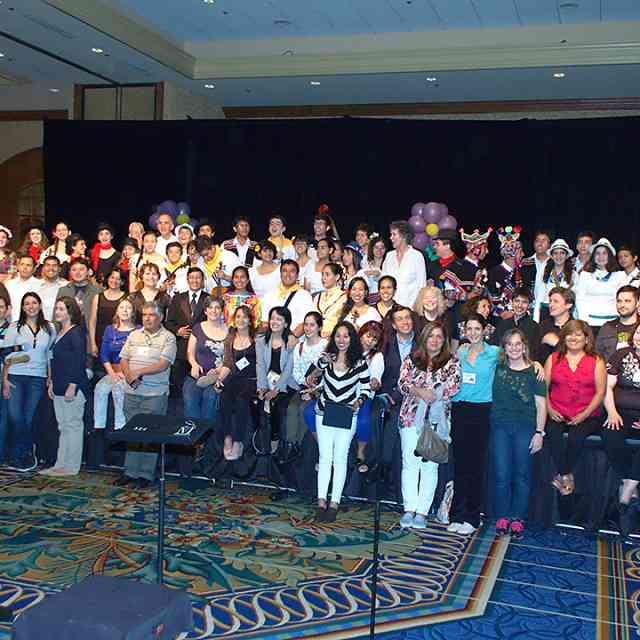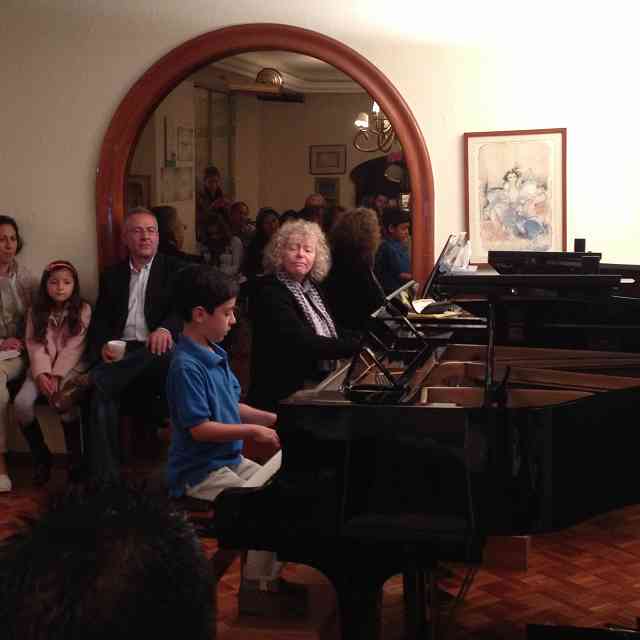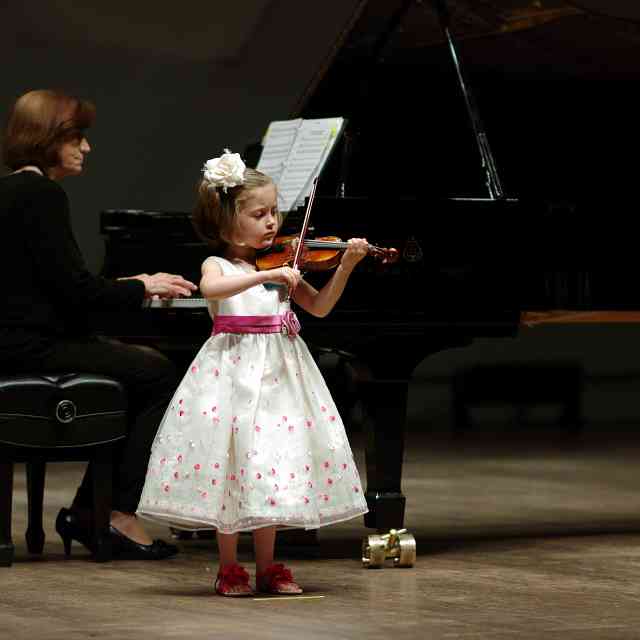The 2014 summer has been wonderful. For me, it has included Suzuki Summer Institutes, meeting new colleagues, a less rigorous teaching schedule, an extended holiday to see family members, and a trip to the beautiful northwest portion of the United States. Hopefully you have had a somewhat similar break from your daily routine of the year.
This summer’s activities began earlier than usual, with the 16th Biennial Conference in Minneapolis, Minnesota, during the Memorial Day weekend. What a “shot in the arm” for me and so many of us who are involved in the Suzuki world, as this year’s conference was beneficial and enjoyable in so many special ways. Maybe I was just ready to be inspired, or maybe the two hundred or so presentations were unusually engaging.
I am a cellist, so the presentations I attended covered a wide range of topics, from Pre-Twinkle activities to sautillé bowing, the start up to advanced cello vibrato, and a discussion on a comprehensive list of cello literature. This is just a sample of so many cello sessions offered.
I heard enthusiastic praise for the master classes in all the instruments throughout the weekend. Not only were the master class lessons taught by wonderful professional teacher–performers, but the students themselves delighted us all with their high level of playing. It made me very proud, as a Suzuki teacher, to observe not only the students’ performance skills, but also their quickness to grasp new ideas given to them by the master teachers. The same can be said for the Young Artist String Ensemble and the two Suzuki Youth Orchestras of the Americas—groups that performed beautifully after rehearsing for such a short amount of time.
In his keynote address, Dr. Robert Cutietta, dean of the Thornton School of Music at the University of Southern California, discussed the future of the arts as he sees it. This was an eye opener, as you might imagine. He did remark that the Suzuki method was on the right track. Recently when he interviewed music students at USC and asked them what inspired them to study music in college, they very often said it was because of their Suzuki education.
Yukari Tate, professor at the Talent Education Research Institute in Matsumoto, Japan, was a special speaker at the Conference. She was one of Dr. Suzuki’s violin students who came to North America in the first tour group from Japan in 1964. I was in the audience for one of those performances, and that experience solidified my early decision to be a Suzuki teacher. It was so good to see her and hear her many thoughts about Dr. Suzuki and his influence on music education for her and all of us.
There were two concerts that were so inspiring that they must be highlighted. First, Doris and Bill Preucil were honored for their years of service and contributions for the Suzuki method. To give them their due recognition, we were serenaded by fourteen members of their family of wonderful musicians. What a night of music making. The performances given by each family member were so beautiful. Congratulations to Doris and Bill! Thank you for sharing your exceptional family and their music with us.
Secondly, the Latin American Suzuki Ensemble concert, the greatly anticipated concert of forty-five students from eight countries, started with a standing ovation from the appreciative audience and ended with warm hearts and thunderous applause. These young musicians practiced endlessly during the conference to prepare their performance. Their various colorful national costumes, enthusiastic choreography, and the performance of music from their individual countries filled the hall with excitement. The combined efforts of the Latin American parents, teachers, and students to share their music and show their appreciation for the opportunity to come to North America helped to make the conference so special. Monday morning, the final day of the conference closed with the combination of the Latin American Ensemble students and many American Suzuki students performing together. This concert was fitting as it demonstrated how music making can unite people worldwide.
Obviously, I was inspired by the 2014 Conference. I do want to apologize to my many friends and colleagues whose efforts and contributions before and during the conference I have not recognized in this short column.
All professions need to be reinvigorated with new ideas and broadened outlooks. This conference did just that. I hope to see you at the next conference in 2016.








